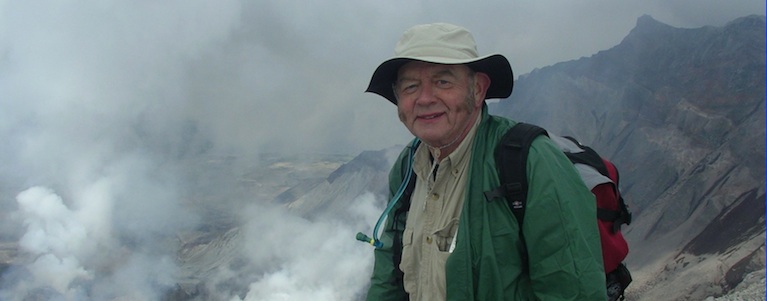Rural county hospitals don’t know what
to prepare for
“As one of our doctors put it, it feels like we’re waiting for a tsunami of molasses,” said Kimber Wraalstad, CEO of North Shore Hospital in Grand Marais, Minnesota, population 1351, which hasn’t seen any diagnosed COVID-19 patients yet. “We don’t know if it’s going to be up to our ankles or our knees or over our head. Are we going to be a hot spot? We don’t know, so the planning has to be for the worst-case scenario.”
Info: shpr.fyi/ruralhosp
Cries for testing are
just politicians avoiding the decision to reopen.
Following is a statement by scientific director from one of the top ten hospitals in the United States who has been briefing powerful decision makers since the coronavirus epidemic began.
This director didn’t want to be quoted by name, lest his assessments cause headaches for his institution.
Testing and tracking
won’t do it
“Politicians and other decision makers like university presidents — who are just politicians of another stripe — are a highly risk-averse species,” this scientific director told me. “If they can avoid making a tough decision, they will, and as long as they think that if we test enough people, we can identify and quarantine everyone who is infected and make the problem go away.” Testing is not that good and will not be the answer.
As he sees it, there are two problems with tests that are largely being overlooked. “One is that they’re only as good as the sample being collected. The technology is as close to perfect as you’re going to get in a diagnostic test. But if you don’t sample where the virus is, the test result will be a false negative. A recent scientific paper that has not yet been peer-reviewed concluded that the real-life sensitivity of tests where persons were collecting their own samples was down around 60 percent, which is pretty much unacceptable when testing for a contagious disease. It turns out, and this is no surprise, that you can’t rely on people to stick a swab far enough up their nose or down their throat to get a useful specimen.”
He added, “the second problem is that the test is only a one-time snapshot, and it doesn’t mean that a person isn’t going to be contagious tomorrow, or even later today. That has serious policy implications and may be the only way to get people to understand that by testing we can’t bring the risk down toward zero.
“From where I sit, demanding ‘We need more testing!’ has turned into a comfortable dodge for elected officials and opinion leaders.”
Editor: Testing and tracking involve hiring thousands of unqualified people. They are also objectionably invasive of human privacy rights so many people may refuse to be tested or to quarantine themselves when they are not sick but only supposedly exposed to an infected person.
Masks won’t do it either
The Director continued, “Go out to the supermarket or the hardware store or wherever else people are being instructed to wear a mask or other facial covering, and you’ll see about half of them have pulled the mask down off their nose because it’s uncomfortable to breathe,” he said. “That totally defeats the purpose. There are people spending stupid amounts of money to buy N95s, and then wear them with big gaps around their nose or mouth because they don’t take the time to learn how to use them properly — and they keep using them, even after they’re physically broken down and can’t seal properly. Since this is the epidemiologic equivalent of TSA Security Cartoon Theater, and the typical American puts personal comfort and convenience before health and security, I’ll just say testing and masks are not worth doing.”
Info: shpr.fyi/testmask
Yakima County has highest infection rate
on west coast
Yakima County has the highest rate of COVID-19 cases on the West Coast.
A Yakima County health official said that is due to a combination of aggressive testing, outbreaks at nursing homes and a large number of workers deemed essential during the pandemic.
“Having more testing being done is allowing us to identify more cases, compared to other counties across the state,” said Lilián Bravo, director of public health partnerships with the Yakima Health District.
As of Saturday, the total number of positive cases in Yakima County was 1,351, an increase of 58 from Friday. The number of deaths remained at 48, according to the health department.
Looking at case numbers compiled by the New York Times and U.S. Census data, Yakima County has an infection rate of 519 per 100,000 people. That is the highest of any county along the West Coast, and the 201st highest in the nation, according to the data.
Excerpted from report by Amanda Ray, Yakima Herald Republic, updated May 4, 2020
Info: shpr.fyi/yakhigh
Science and Digital Briefs By Shopper Editor Dave Bunting
Filed under Uncategorized
